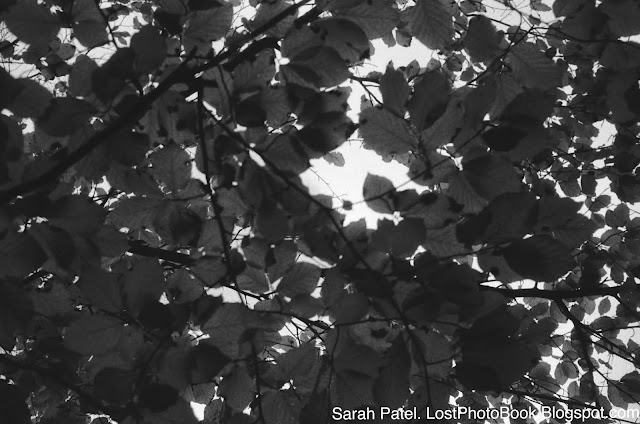Camera: Holga 120
Film Mask Size: 6 x 6cm
Film: Ilford Delta 3200
ASA/ISO: 3200
Development: True Black & White. 11min in Rodana 1:25 mix
Editing: None
Date: April 2020
Camera: Holga 120
Film Mask Size: 6 x 6cm
Film: Ilford Delta 3200
ASA/ISO: 3200
Development: True Black & White. 11min in Rodana 1:25 mix
Editing: None
Date: April 2020
Camera: Holga 120
Film Mask Size: 6 x 6cm
Film: Ilford XP2
ASA/ISO: 400
Development: True Black & White. 18 min in Rodania 1:25 mix
Editing: Quite a lot of dust removal in Photoshop
Date: April 2020
Camera: Holga 120
Film Mask Size: 6 x 6cm
Film: Ilford XP2
ASA/ISO 400
Development: True Black & White. 18 min in Rodania 1:25 mix
Editing: Quite a lot. Dust removal in Photoshop and contrast increased slightly.
Date: April 2020
Foma Retropan Soft 320 black and White film is a panchromatically* sensitized special negative black and white film with fine grain, good resolution and contour sharpness. The film is characterised by a wide range of half tones and soft light which makes it suitable for photography and subsequent contact printing or “retro” style enlarging of negatives (photographs of still lives, architecture, experiments, landscapes, portraits, etc.).
This film is available in 35mm and 120mm formats as well as different sizes of photographic papers.
I Brought a 35mm roll of this film from the Lomography shop on Newbourgh Street In Soho London (which is now closed) back in 2017 and it sat in my fridge until last November (2019) when I picked up another roll from the Photographers Gallery on Ramillies Street, Soho, London, at the same time I picked up the development powder kit which is recommend to use with this film as it is a soft grain. Prior to this my plan was to process it in Rodinal but the thought of spending every 30seconds moving the tank of 10 seconds for 20mins seemed a little dull. Whereas the Retropan developer reduced the time to only 4-5 minutes.
The Developer is a power developer that comes in two parts. One small pack and a large pack. (I did keep the packs form them but I currently cannot find them, they are in that safe place where I would not forget were that are).

I found that the tank I use once it has film in holds an estimated 850ml of solution leaving just enough room for me to then agitate the film using the spindle to rotate the film without risking making a mess each time. Each film was developed for 5 minuets in the developer and 4 minuets in ilford fix.
Both rolls of film were shot with my Olympus trip 35, set at the box speed of 320 ISO on the Auto setting. Which is a little lazy but when I’m shooting a new film for the first time using this camera this why increasing the chances of seeing the full potential of the films results.
 |
| Film #021 |
 |
| Film #021 |
 |
| Film #022 |
 |
| Film #022 |
 |
| Film #022. "Camden Tube" Image on the left is the original scanned photo. On the right is the photoshopped image with auto contrast. |
*A panchromatic emulsion produces a realistic reproduction of a scene as it appears to the human eye, although with no colours. Almost all modern photographic film is panchromatic.